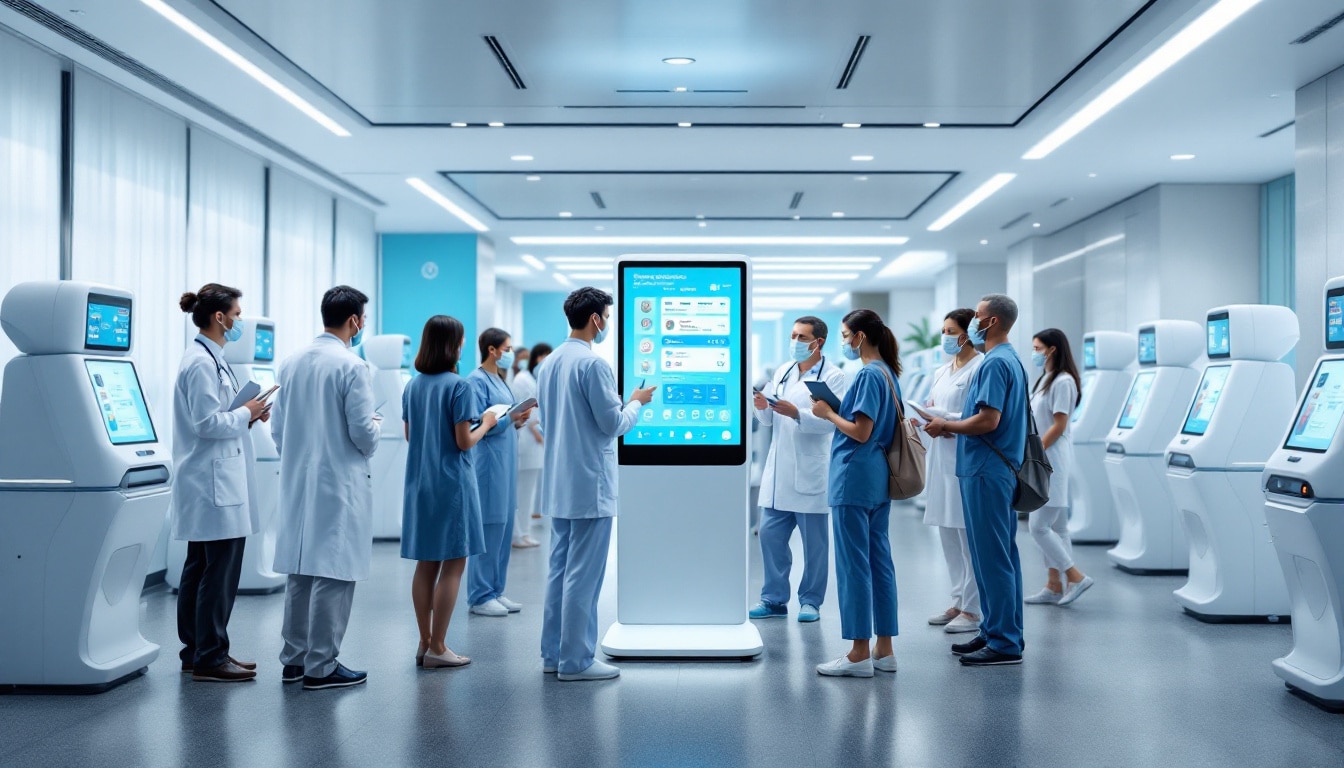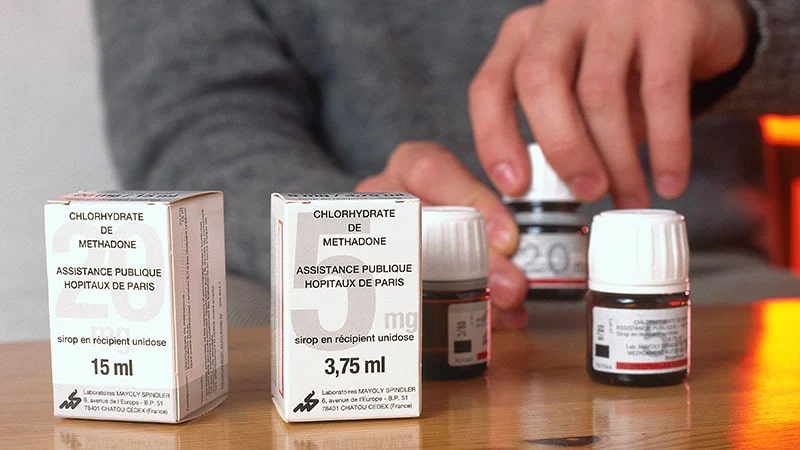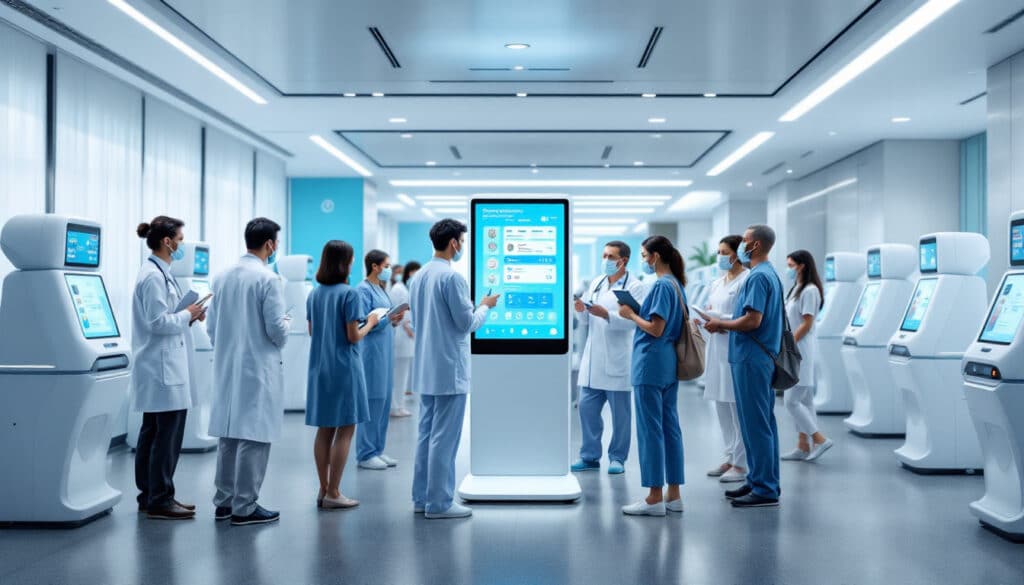In the fascinating world of medicine, a new era is emerging thanks to nanotechnology, an innovative discipline that promises to redefine care practices. Imagine personalized treatments, early diagnostics and more effective medical devices, all made possible by advances at the nanoscale. The applications of medical nanotechnology are multiplying, affecting various sectors of health,imagery to drugs, passing through the biomaterials.
There nanomedicine acts as a bridge between scientific research and clinical practice, increasing the precision and effectiveness of treatments. By using nanoparticles to target diseased cells with formidable precision, this approach is revolutionizing the treatment of many diseases, cancers to chronic disorders. Thus, exploring the potential of nanotechnology in the medical field reveals not only spectacular advances, but also challenges to be taken up, both ethical and technical. This exploration of innovations and applications in the field of health opens up fascinating perspectives that could soon become a tangible reality.
There medical nanotechnology is at the heart of a true revolution in the healthcare sector. By exploiting materials at the nanoscale, this discipline offers innovative solutions to improve diagnostics, treatments and medical devices. Through this article, we will explore the notable advances, the varied applications, and the issues related to the integration of nanotechnologies in medicine.
Significant advances in nanomedicine
In recent years, the nanomedicine has made remarkable progress. According to a 2022 study published by Inserm, the global nanomedicine market is expected to reach $350 billion by 2025, highlighting the growing interest in these innovations. Companies invest massively in research to develop nanomedicines capable of targeting diseased cells without damaging healthy cells.
An emblematic example is the use of lipid nanoparticles for targeted delivery of anticancer drugs. Clinical studies have shown that these nanoparticles can reduce the toxicity of traditional treatments while increasing their effectiveness. As a result, patients benefit from a better quality of life during treatment, while increasing the survival rate.
Practical applications and innovations in health
The applications of nanotechnology in the medical field are vast and varied. They include new methods ofmedical imaging, of the biomaterials advanced, as well as diagnostic and treatment devices. For example, the gold nanoparticles are used in imaging to improve tissue visualization. Their ability to bind specifically to certain tumor cells allows better identification of areas to target during surgical procedures.
Furthermore, the development of biomarkers at the nanoscale opens the way to early diagnostics for complex diseases such as cancer or neurodegenerative diseases. With this innovation, doctors can detect abnormalities in blood or other bodily fluids well before symptoms appear. Therefore, treatments can be initiated earlier, improving the chances of recovery.
Challenges and future prospects
Although the promises of medical nanotechnology are considerable, several challenges remain. One of the major issues is the safety and toxicology of the nanomaterials used. Indeed, studies have shown that certain nanoparticles could cause undesirable effects due to their size and their ability to cross biological barriers. It is therefore crucial to rigorously assess the safety of innovations in this area before their commercialization.
On the horizon, the integration of nanotechnologies into health devices telemedicine is a promising path. For example, nanoparticle-based sensors could be integrated into wearable devices to monitor various health parameters in real time. This could revolutionize the way chronic diseases are managed, providing healthcare professionals with continuous and reliable data.
To explore these themes in more depth, it is possible to consult resources such as this article on nanomedicine or more specific case studies, for example those available on new approaches in the treatment of cancer. The perspectives offered by these innovations open up a field of possibilities that could transform our approach to medicine and health in the future.

La #nanotechnologie fait déjà partie de notre quotidien. Apprenons-en plus sur ses applications et ses avantages ! #Science #Innovation #Technologie pic.twitter.com/V6d85z4UQe
— Nahuel Monteblanco V. (@nmonteblanco) October 15, 2024













